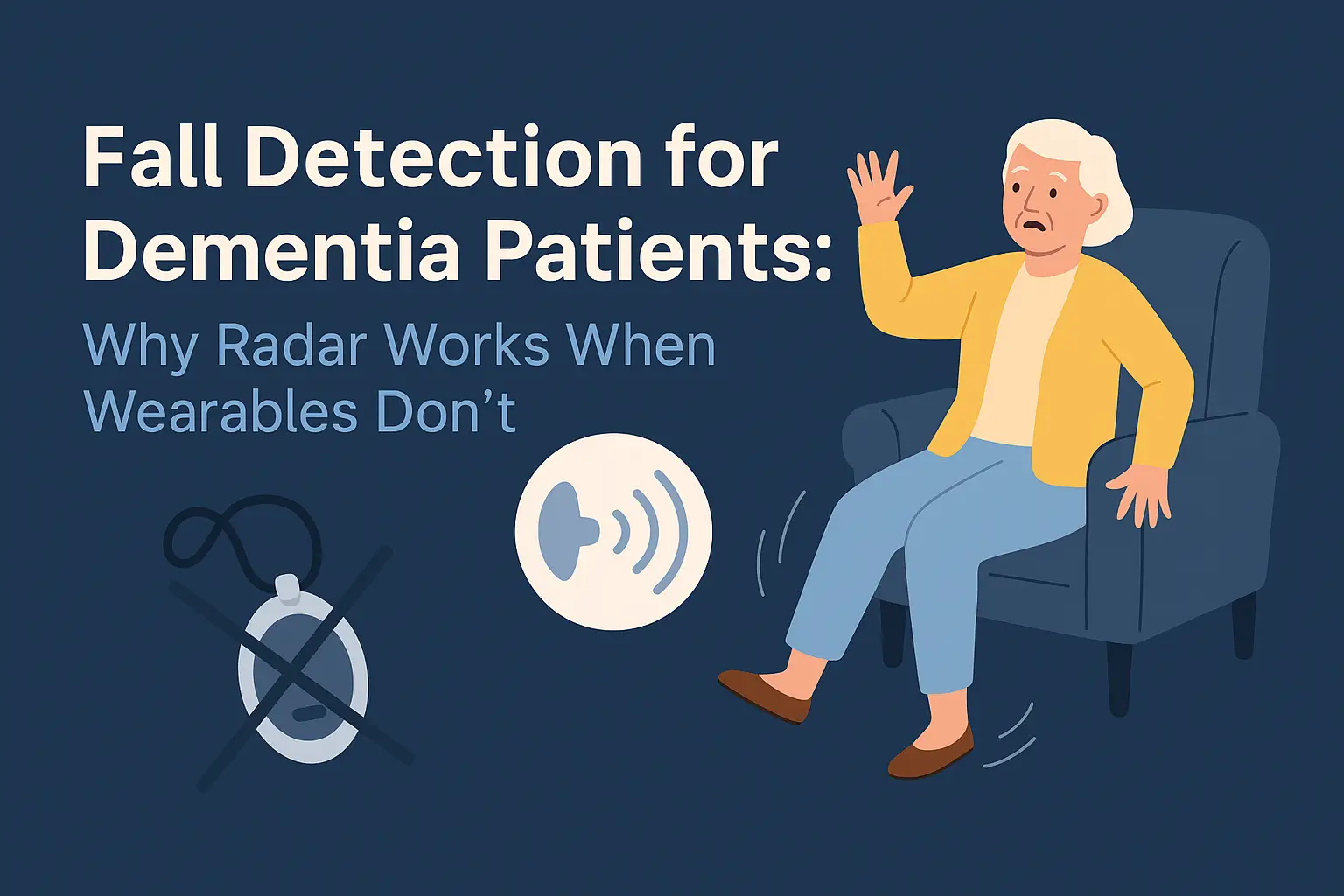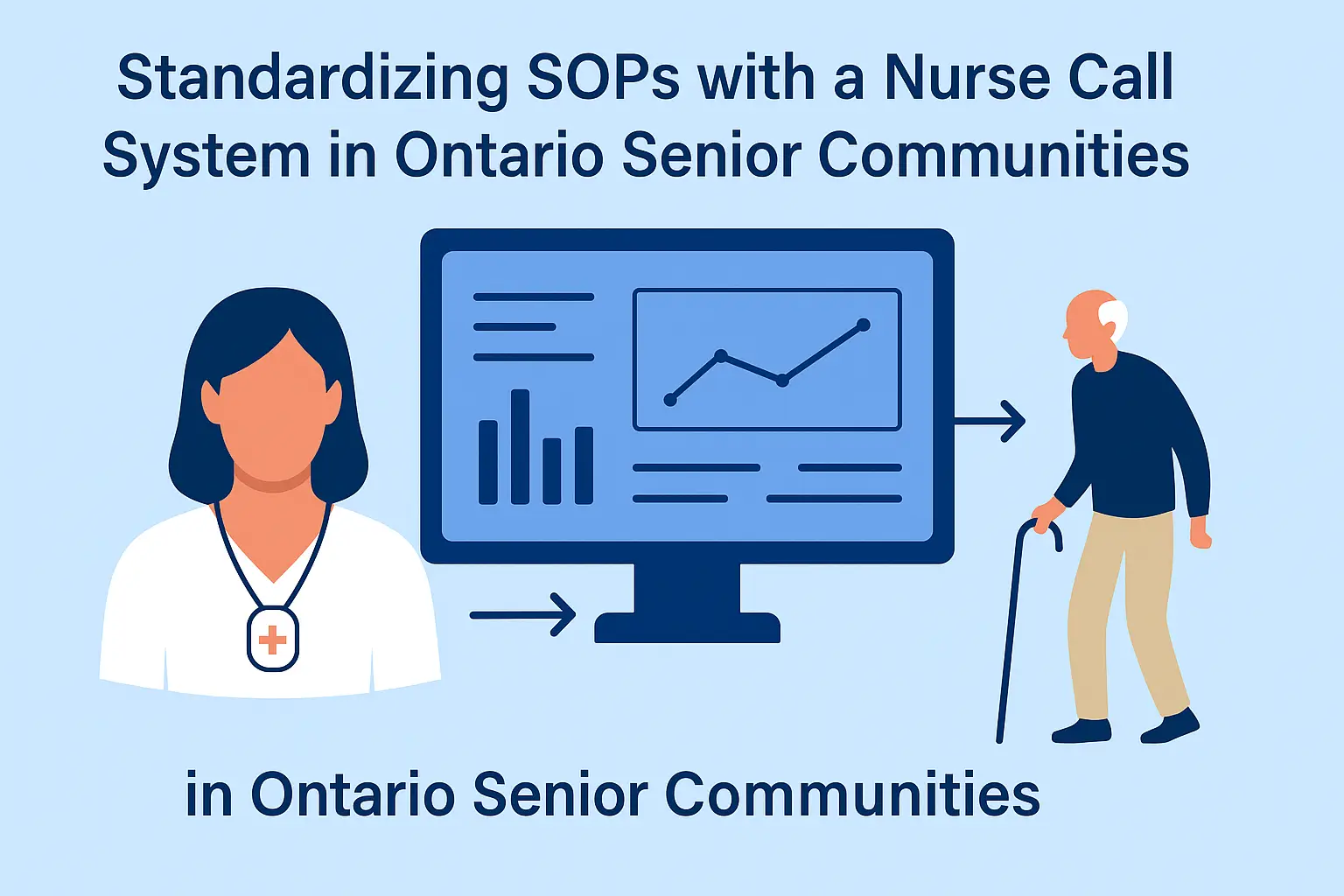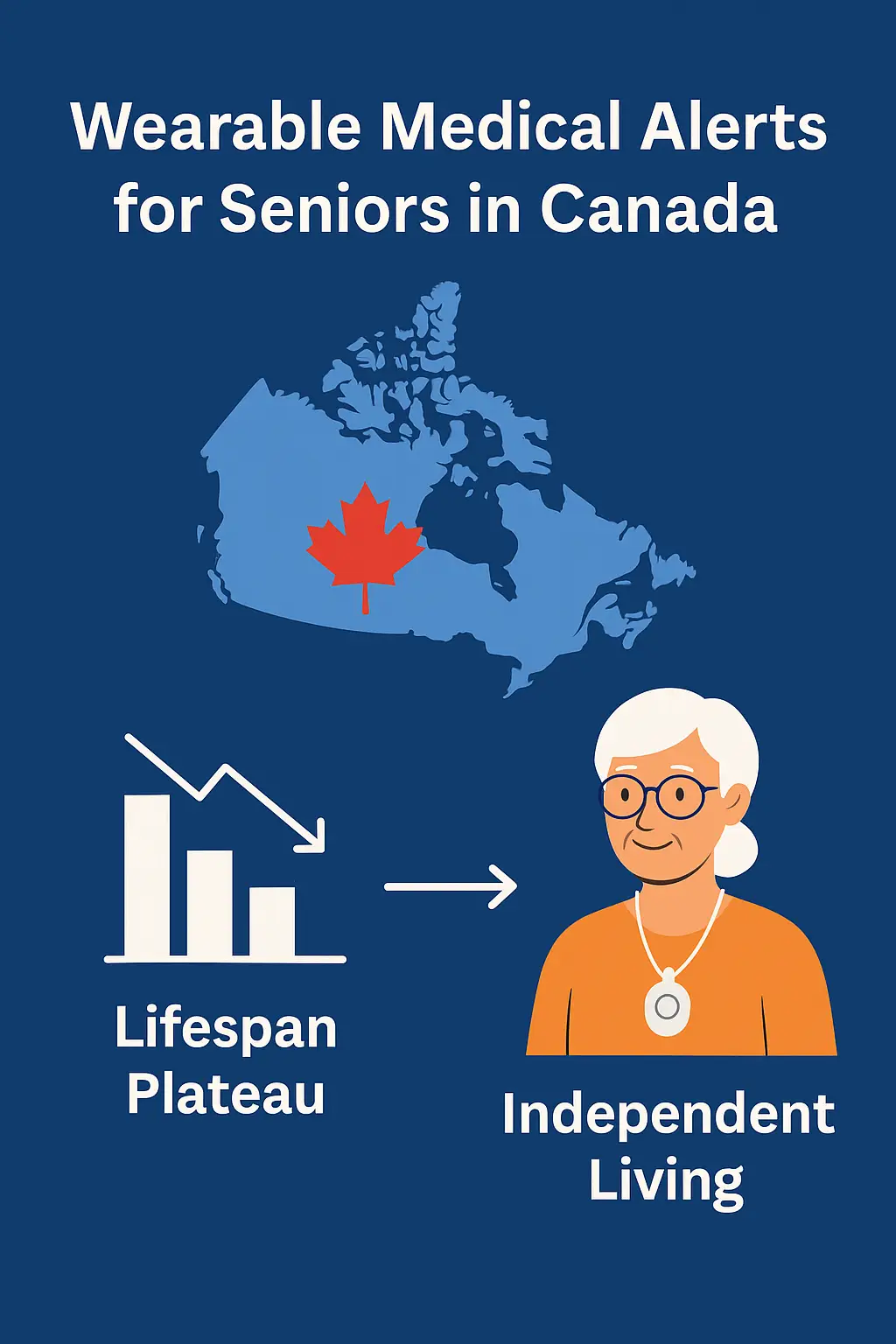Canada’s Aging Population: When Elder Care Overtakes Child Care Needs
Canada’s population is aging rapidly. For the first time, we are devoting as many (or more) caregiving resources to seniors as we are to children. In fact, seniors now outnumber children in Canada. This demographic milestone has profound implications for healthcare, family caregiving, and social services. As the need for reliable medical alert services in Canada increases, the rise of the elderly population – combined with longer life expectancies – means that caring for older adults is becoming a national priority.
In this post, we explore how elder care needs are catching up to (and even surpassing) child care needs. We look at national trends and compare provinces like Ontario and Alberta. We’ll also discuss what this shift means for Canadian families. Additionally, we will highlight some solutions (from policy changes to medical alert Canada devices) that can support our seniors in the years ahead.
Canada’s Elderly Now Rival the Young in Numbers
Not long ago, children outnumbered seniors in Canada. However, 2016 marked a historic turning point. That year, the number of Canadians aged 65 and over reached 5.9 million. This slightly eclipsed the 5.8 million children 14 and younger. It was the first time in our history that seniors outnumbered children.
The trend has only accelerated since. By 2021, seniors made up about 19.0% of Canada’s population, compared to 16.3% for children under 15. In other words, nearly one in five Canadians is a senior, and roughly only one in six is a child.
Statisticians project that by 2025, seniors will exceed 20% of the population. This is a share almost 5 percentage points higher than children (around 15%).
Provincial Differences: Ontario vs. Alberta in Aging
Canada’s aging is uneven. Ontario has about 18.4% of its population aged 65 or older, while only 15.1% are children. Seniors noticeably outnumber kids. In contrast, Alberta remains the youngest province: only 14.8% of Albertans are 65+, while 18.2% are under 15.
Ontario is already under pressure to expand long-term care, home care services, and support for independent aging. Meanwhile, Alberta is projected to experience a similar surge in aging needs over the next 10–15 years.
The Caregiving Crunch: Elder Care Surpassing Child Care
The shift in demographics is leading to a realignment in caregiving resources.
Government Spending:
– Old Age Security is rising by $31B.
– Seniors (20% of the population) receive roughly $3,500 per capita in support.
– Those under 45 receive about $800 per person.
Informal Caregiving:
– 1 in 4 Canadians is an unpaid caregiver.
– 28% of caregivers care for both children and aging parents.
Adapting to an Aging Canada: Supporting Our Seniors
To support this shift, Canada must:
– Invest in home care infrastructure and geriatric training.
– Support family caregivers through tax credits and paid leave.
– Promote the use of technology such as medical alert systems in Canada.
Devices like 24/7 monitored emergency pendants and fall alert bracelets provide peace of mind. They allow both seniors and their families to ensure they age in place safely and independently.
Conclusion: A New Balance for Caregiving in Canada
Caring for seniors is now as important as caring for children.
Canada’s challenge is to balance support for both ends of the age spectrum. Families will increasingly spend more time and energy supporting their elderly loved ones. With thoughtful planning, policy, and technology — including widespread use of medical alert systems — we can support Canadians of all generations.
Compare our fall detection systems
Learn about GPS-enabled systems for safety on-the-go
Call us today: 1-888-755-3055
Download our free guide to supporting independent aging in Canada.
Sources:
Statistics Canada – Population estimates and projections by age group (2002–2042)
Statistics Canada – Population aging analysis (2022)
Statistics Canada, Census 2021 – 19.0% of population 65+ vs 16.3% under 15
Generation Squeeze – Analysis of Budget 2024 (per-generation spending)
Canadian Centre for Caregiving Excellence – “Hidden Population” caregiving report, 2023







